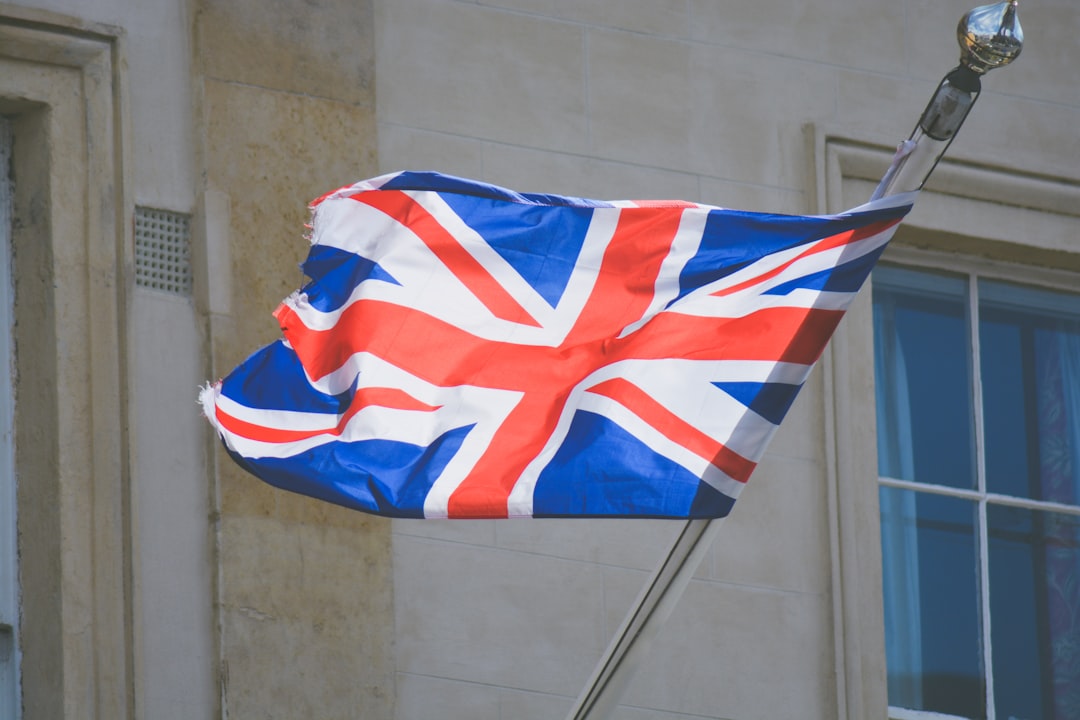All Nonfiction
- Bullying
- Books
- Academic
- Author Interviews
- Celebrity interviews
- College Articles
- College Essays
- Educator of the Year
- Heroes
- Interviews
- Memoir
- Personal Experience
- Sports
- Travel & Culture
All Opinions
- Bullying
- Current Events / Politics
- Discrimination
- Drugs / Alcohol / Smoking
- Entertainment / Celebrities
- Environment
- Love / Relationships
- Movies / Music / TV
- Pop Culture / Trends
- School / College
- Social Issues / Civics
- Spirituality / Religion
- Sports / Hobbies
All Hot Topics
- Bullying
- Community Service
- Environment
- Health
- Letters to the Editor
- Pride & Prejudice
- What Matters
- Back
Summer Guide
- Program Links
- Program Reviews
- Back
College Guide
- College Links
- College Reviews
- College Essays
- College Articles
- Back
A Case Study of British Colonization in India
Introduction
The British colonization of India, also known as the British Raj, was a period when the Indian Subcontinent was predominantly controlled by British rulers. The dominating motivations for the British to colonize India were the extraction of raw materials and the potential of the Indian market. During this time period, the British was able to colonize India with its technological and strategical advantages. The British also applied specific tactics in order to achieve their purpose for colonization, which included furthering divisions among Indians and implementing British colonial education.
The motivations of colonization
Britain was motivated to colonize India by the desire to gain raw materials and profits from the gigantic market. Therefore, the British started to explore trading ports and settlements in the Indian Subcontinent.
First of all, the British was interested in extracting raw materials from India, which directly supports the industrialization in Britain. Since 1760, Great Britain underwent the Industrial Revolution, which resulted in excessive demands of raw materials. As opposed to the relative deficiency of raw materials in Britain, India possessed sufficient raw materials such as tea, jute, and rubber, all of which were significant to the international role of Britain as an “economic powerhouse” (“Global Trade and Empire”). For instance, jute was a vital raw material for the British textile industry to produce carpets, ropes, and clothes, which were extremely profitable to the British. Consequently, India had become a target for the British to extract raw materials. To extract the required raw materials at a less significant expense, the British colonized Indians to acquire tremendous profits.
Furthermore, trading with India was rather significant for Britain because India had an important market with a massive population, where the British could exploit by the means of colonization. The British textile products made by Indian materials were eventually partly sold back to the Indian market for enormous profits. Colonization enabled the British East Indian Company to become a monopoly in India, which resulted in further economic benefits for the British.
Reasons that enabled colonization
The British would have never achieved colonization without superior technology from the Industrial Revolution and the interior divisional conflicts in the Indian Sub-continent.
First and foremost, the British was able to advance themselves technologically through the industrial revolution, which provided them with tremendous technological advantages over Indians. Such advantages of the British were the most evident in military conflicts between the British and Indians. In the First Anglo-Maratha War, whereas the Indian army primary relied on traditional melee weapons, the British army relied predominantly on guns and artillery, which provided them a considerable “military advantage” when there were conflicts (Maratha Wars | British-Maratha History | Britannica).
In addition, the internal divisions among Indians significantly weakened their strength, which assisted the British to successfully colonize. In 1739, “the Iranian invasion” disrupted the administration of the Mughal Empire (“Mughal Dynasty | History, Map, Rulers, & Facts”). To further the Mughal Empire’s decline, the Marathas almost entirely dominated Northern India, which reduced the Mughal rule to only the area “around Delhi” (“Mughal Dynasty | History, Map, Rulers, & Facts”). Such examples of internal unrest undoubtedly enabled the British to conquer India because Indian resistance was difficult to organize.
Explanation and Analysis on the Tactics
The tactics that the British applied on colonizing and ruling India could be summarized as two aspects: reinforcing divisions in India and implementing colonial education.
First of all, the British furthered the divisional crevices in India, from which they could reinforce their political and economic status. The British “divide and rule policy” was responsible for “provoking hostility between Hindus and Muslims,” two predominant religious groups in India (Rahman et al.). Since the Muslims were strong challengers for the British rule, the British lowered the social status of the Muslims by rejecting “the legitimacy of the Muslim Sultan Tipu’s rule,” for example (Rahman et al.). As a result, the Muslims developed hatred toward the Hindu rulers and thus undermining India’s national cohesion.
Furthermore, the introduction of British education on Indians played a significant role in inserting the British culture and English language to both the elites and masses. In this way, the British justified colonialism and prevent Indians from rebelling ideologically. One of the materials the British taught Indians was The Tempest, a famous play by Williams Shakespeare that portrays a colonizer named Prospero enslaving a local inhabitant named Caliban. In this play, Prospero even acknowledges to his fellow colonizer that “we cannot disown him,” which not only exposes the nature of intentions of colonialism but also solidifies the mindset of the Indian students that colonization is simply an indispensable part of their lives (1.2312-14).
References
“Global Trade and Empire.” The British Library, The British Library, bl.uk/asians-in-britain/articles/global-trade-and-empire.
Maratha Wars | British-Maratha History | Britannica. britannica.com/event/Maratha-Wars.
“Mughal Dynasty | History, Map, Rulers, & Facts.” Encyclopedia Britannica, britannica.com/topic/Mughal-dynasty.
Rahman, Aziz, et al. The British Art of Colonialism in India: Subjugation and Division. p. 28.
Shakespeare, William, and Stephen Orgel. The Tempest. Oxford University Press, 2008.
Similar Articles
JOIN THE DISCUSSION
This article has 0 comments.

